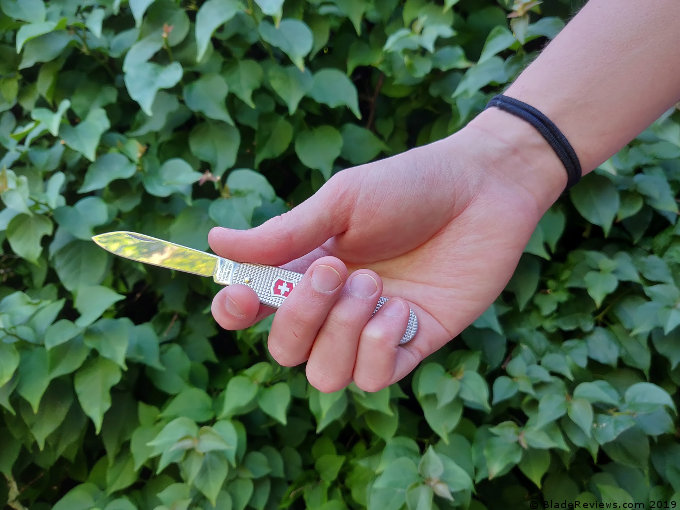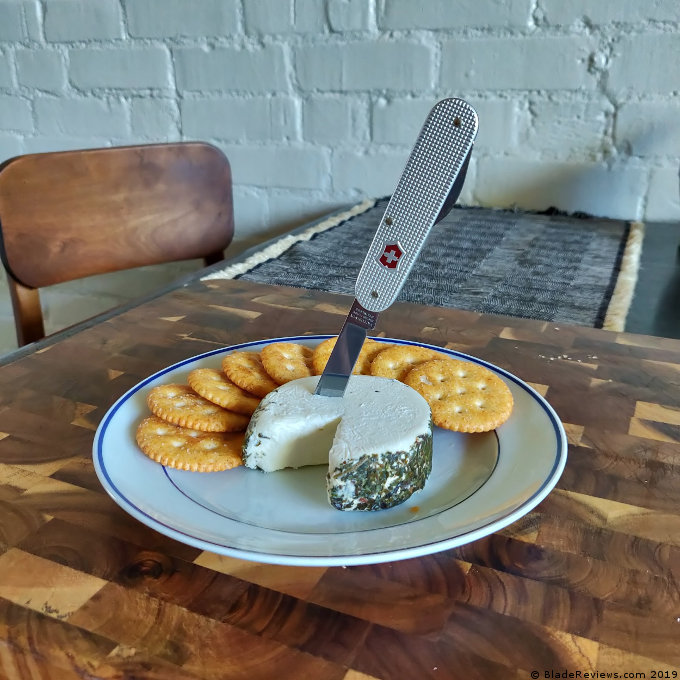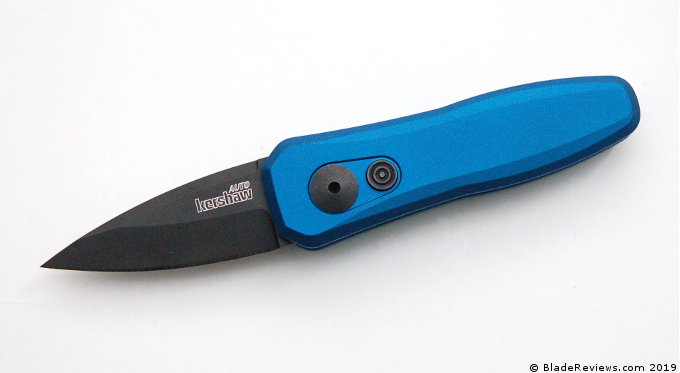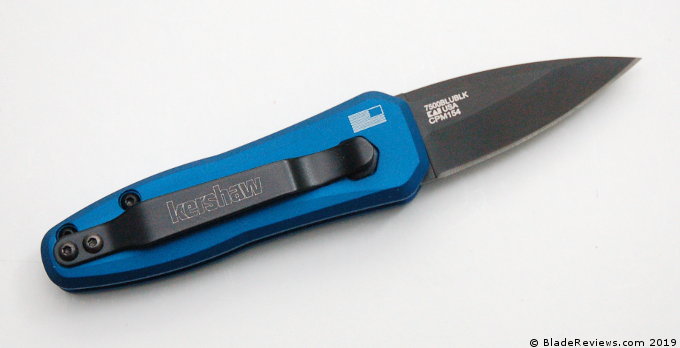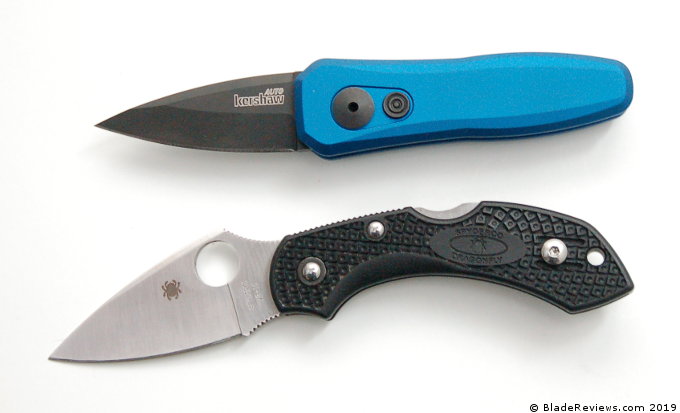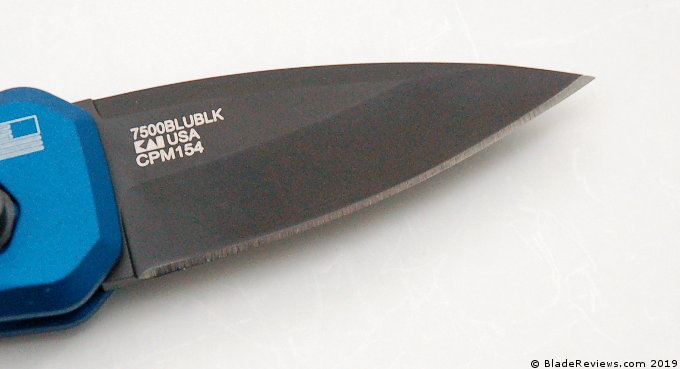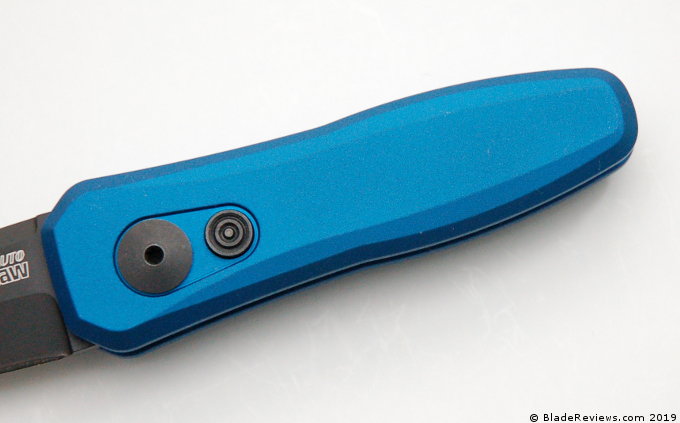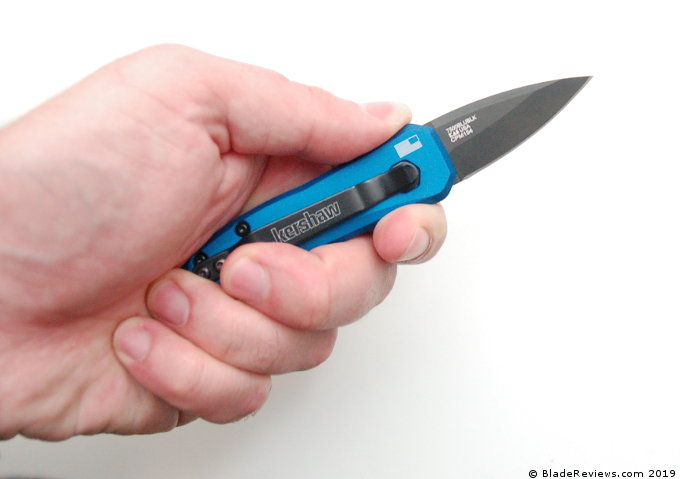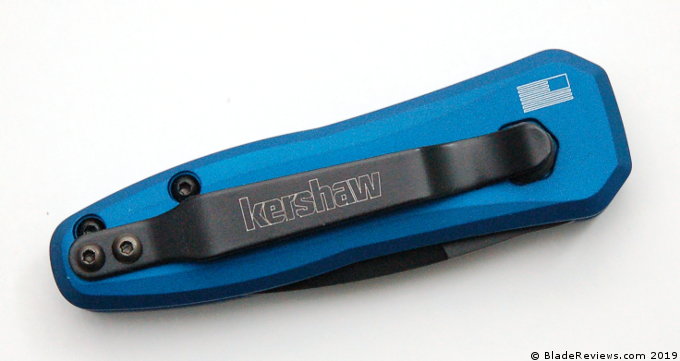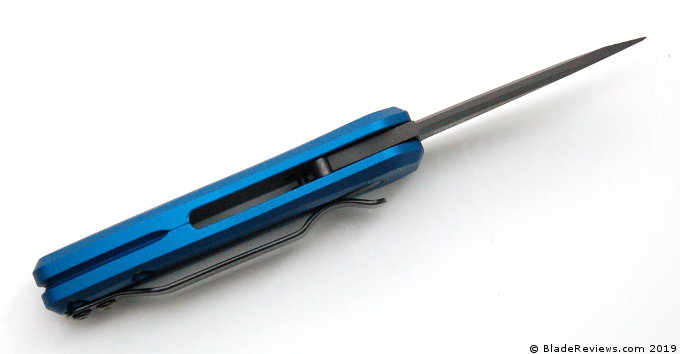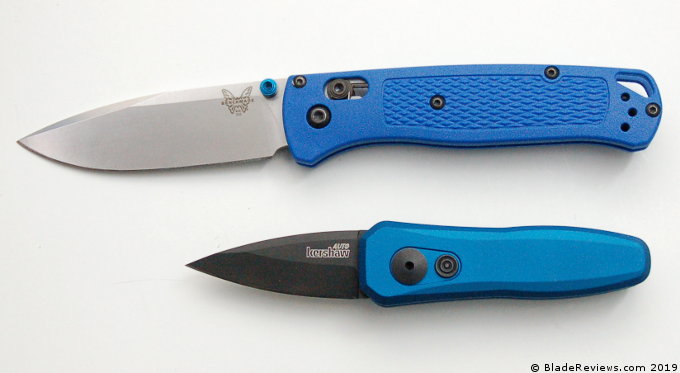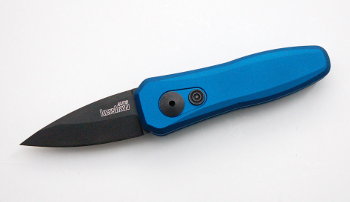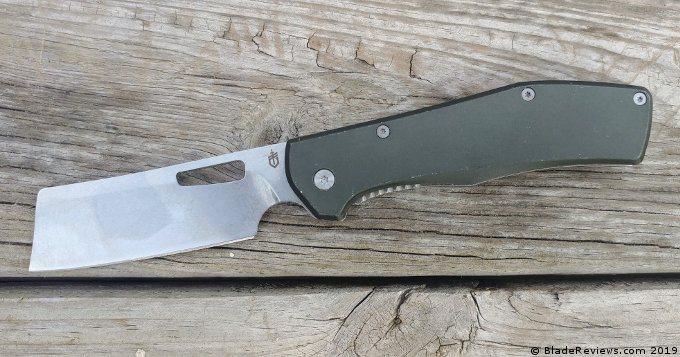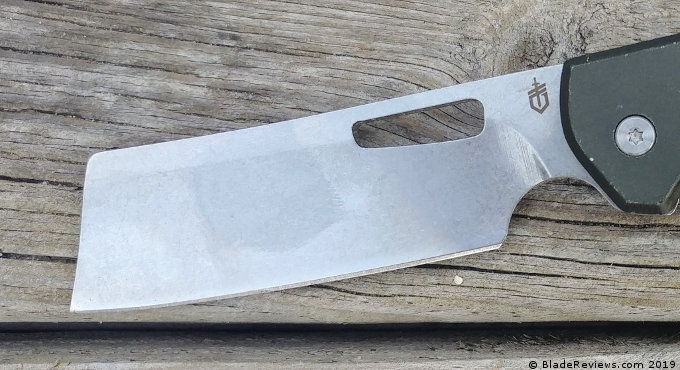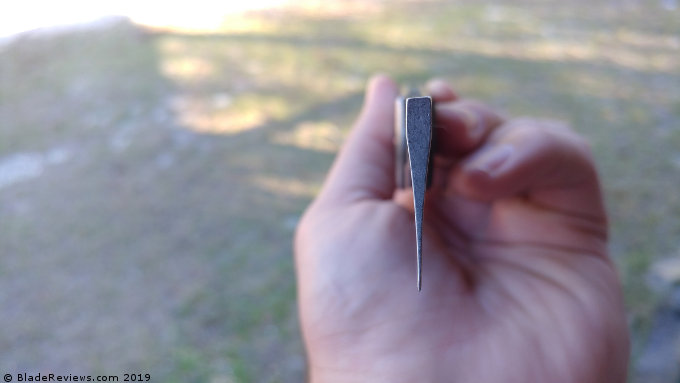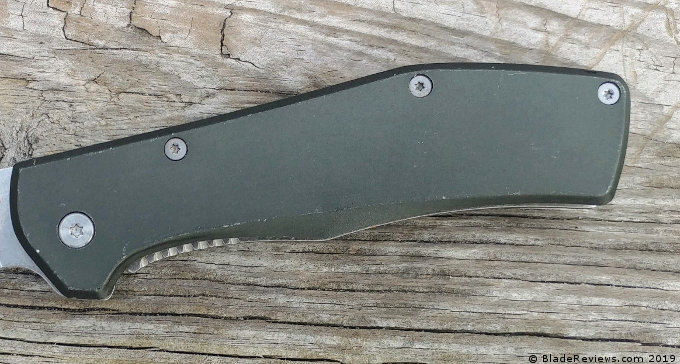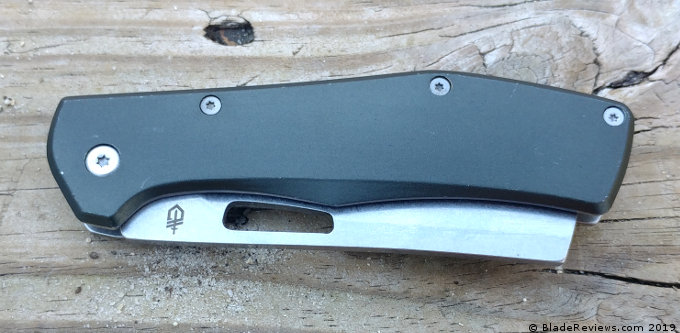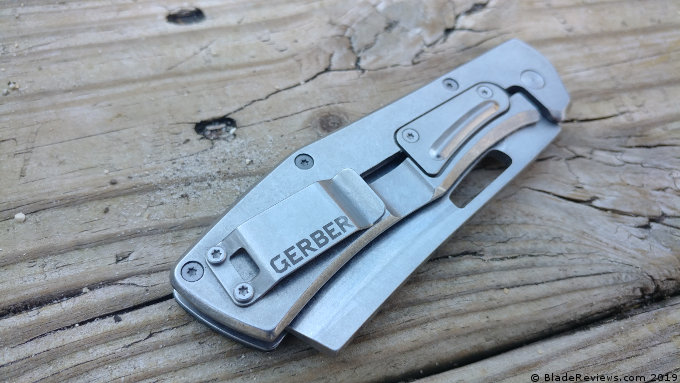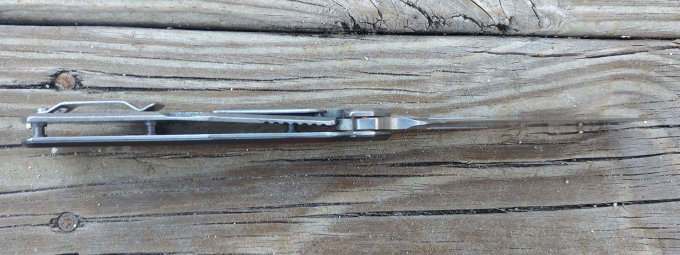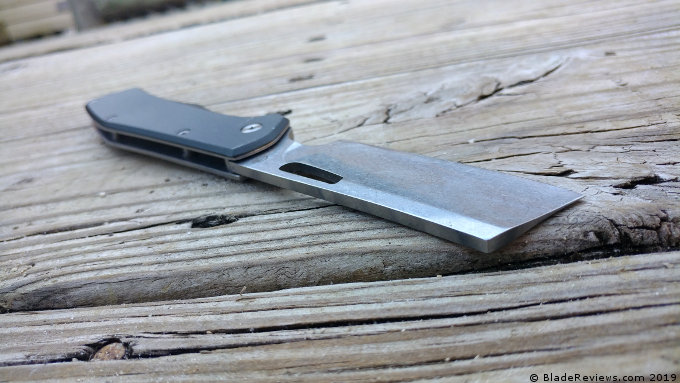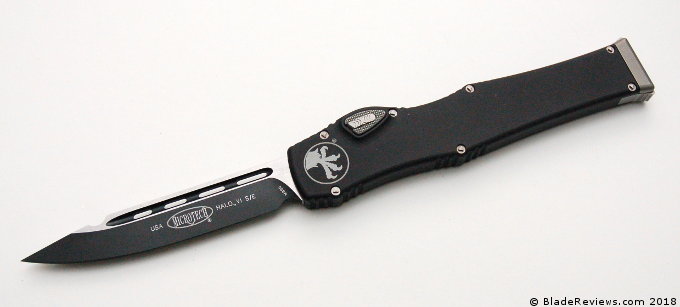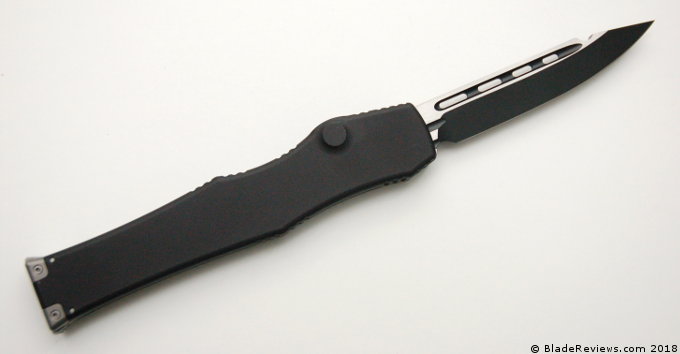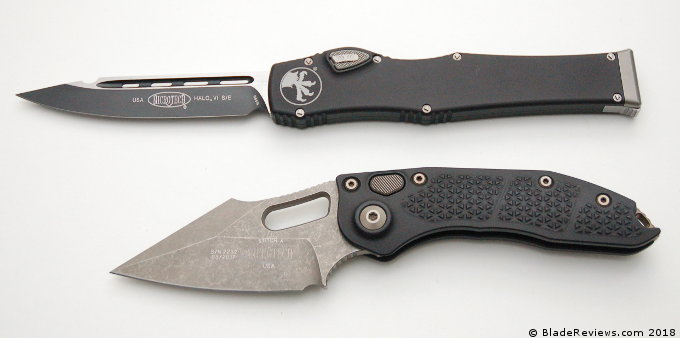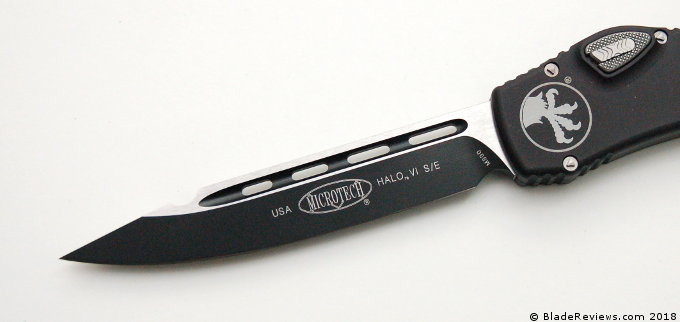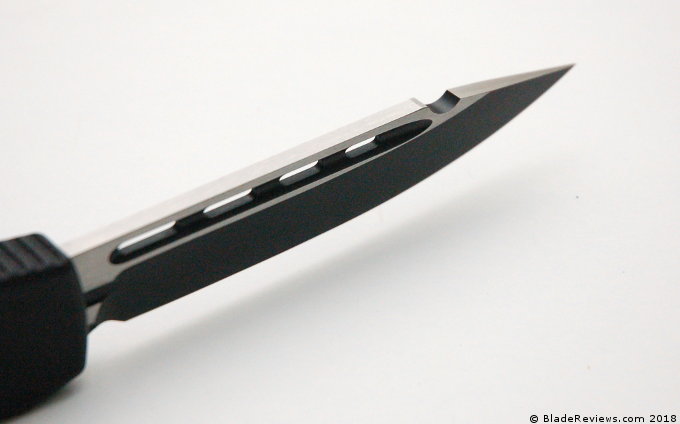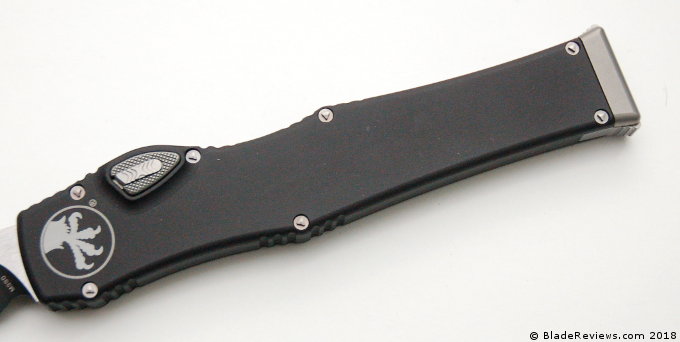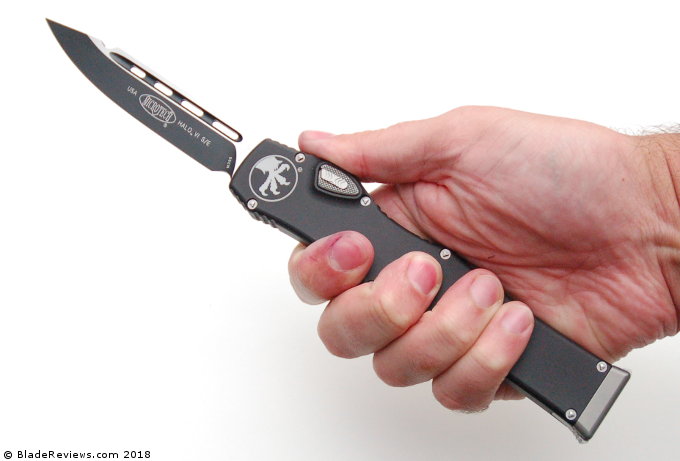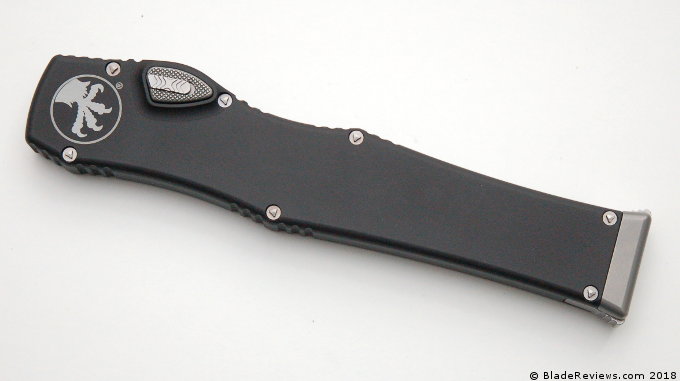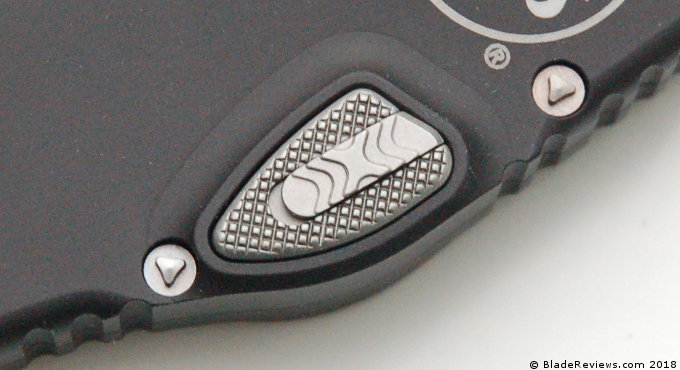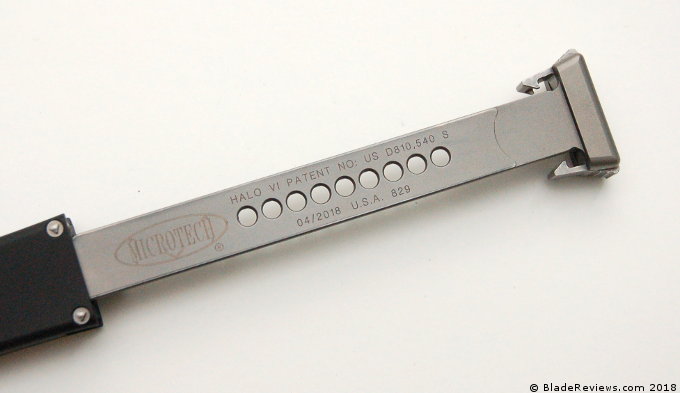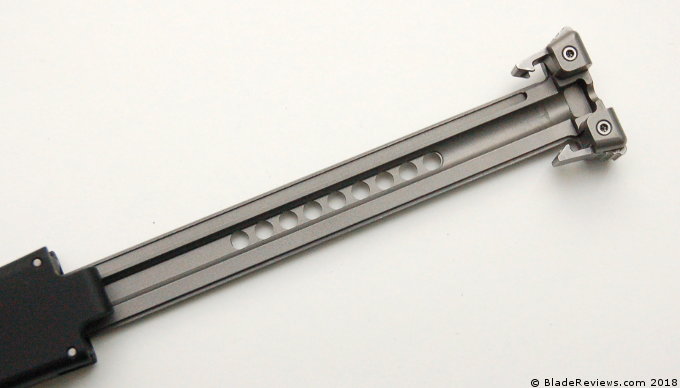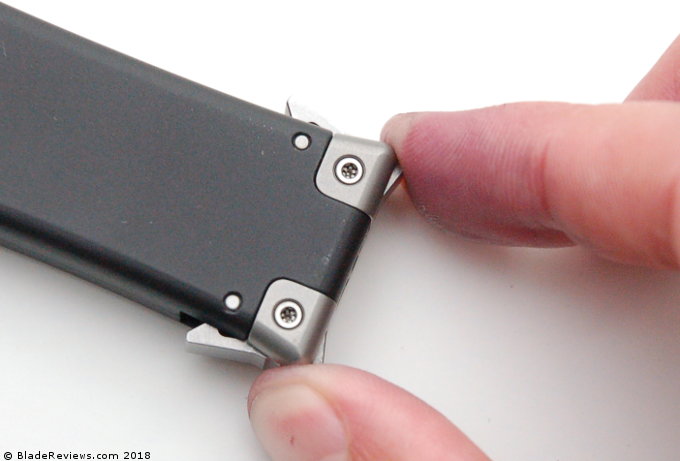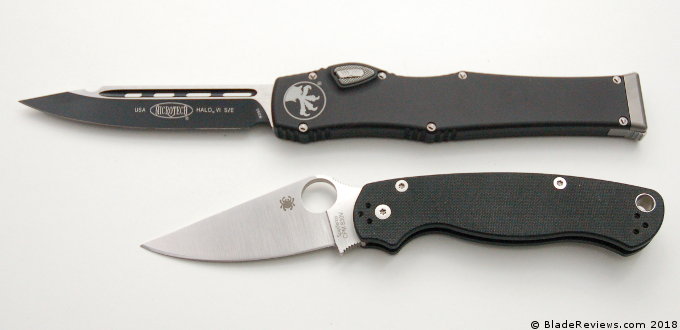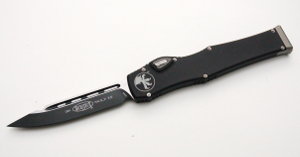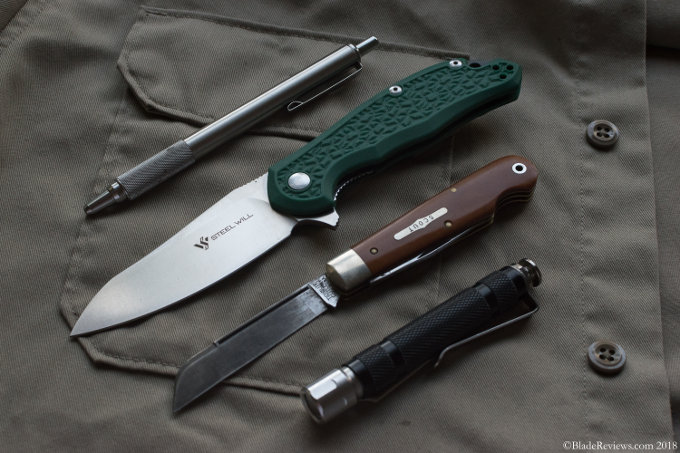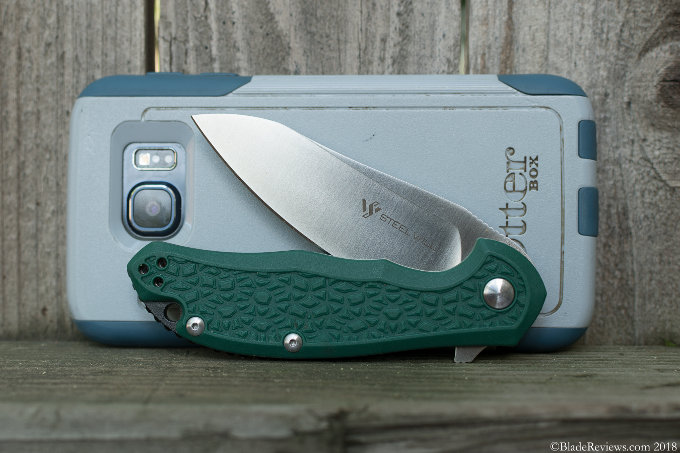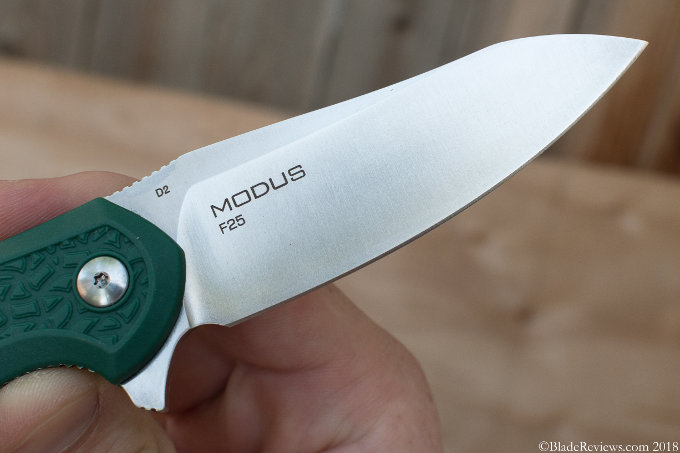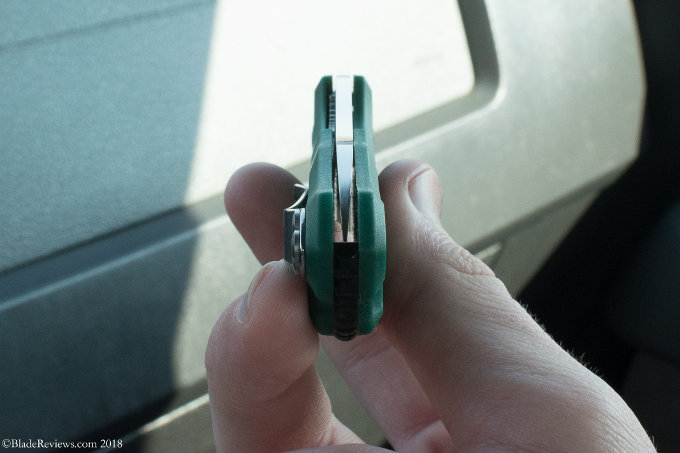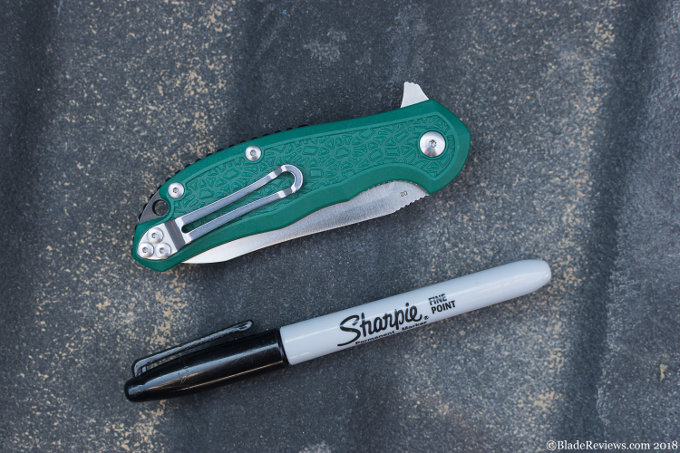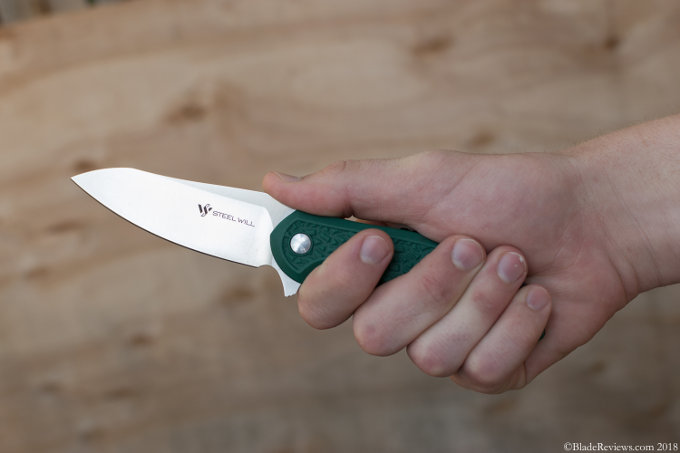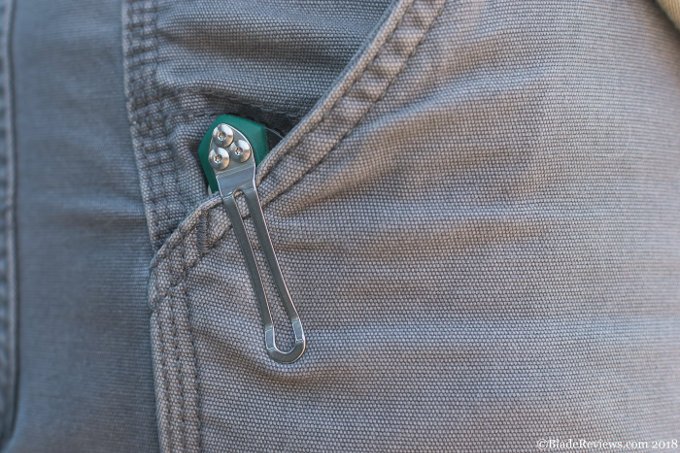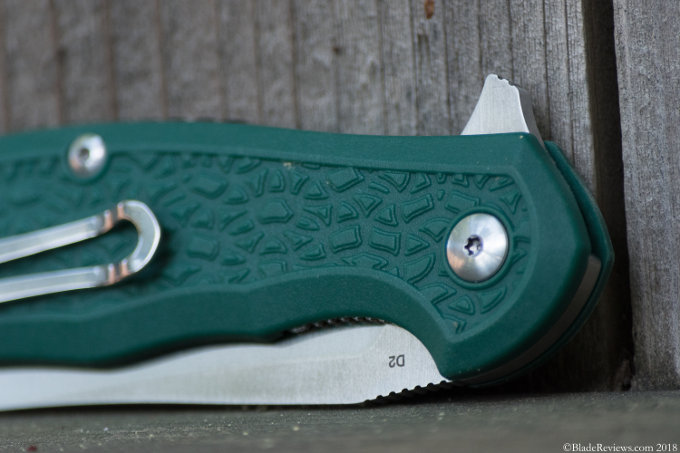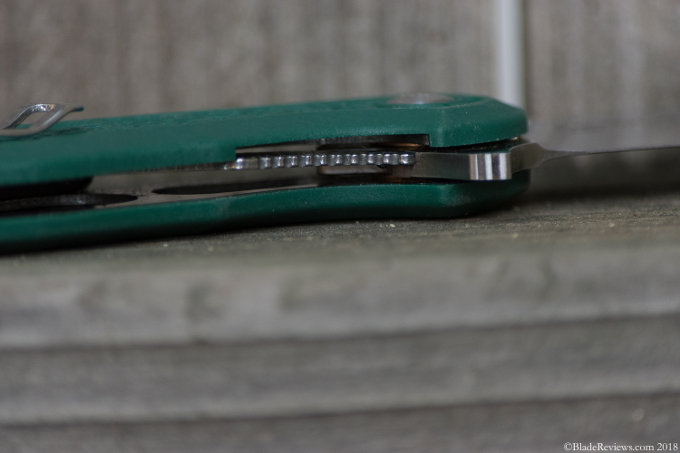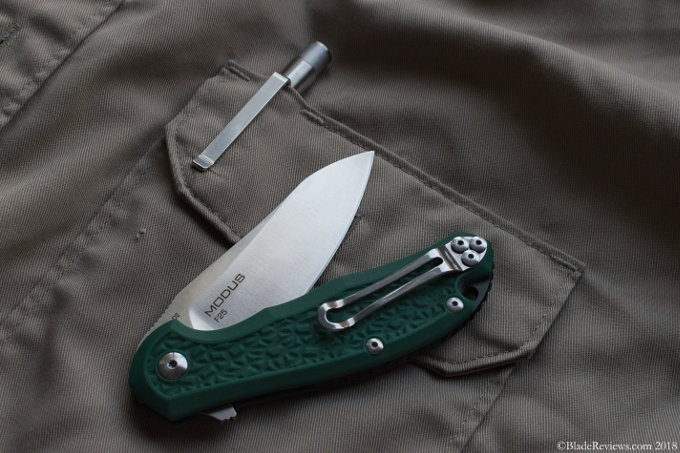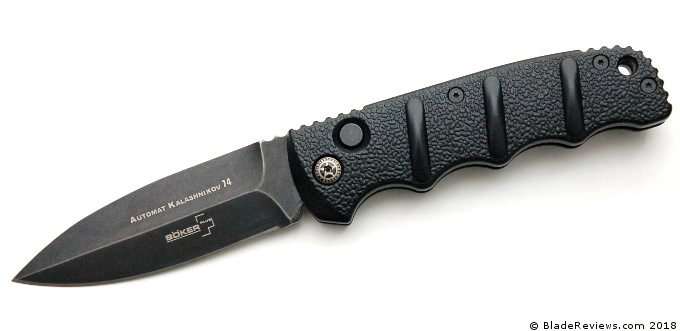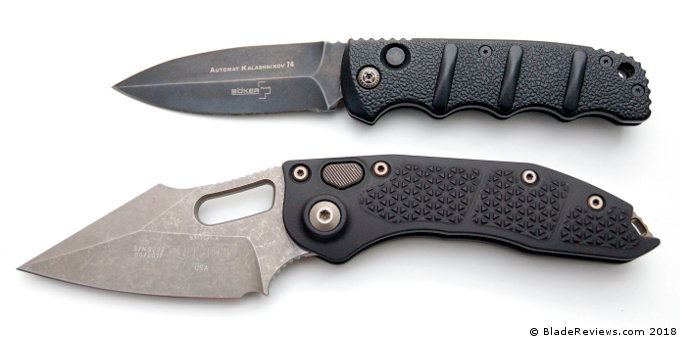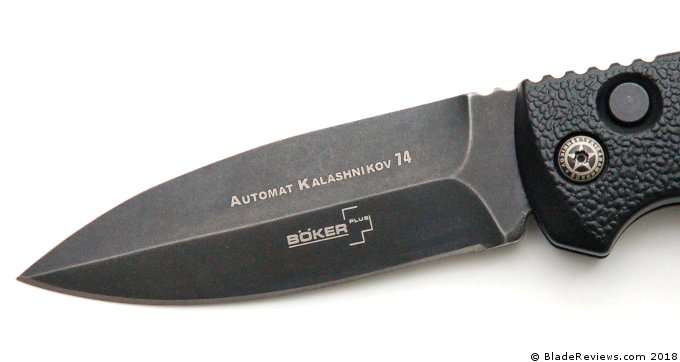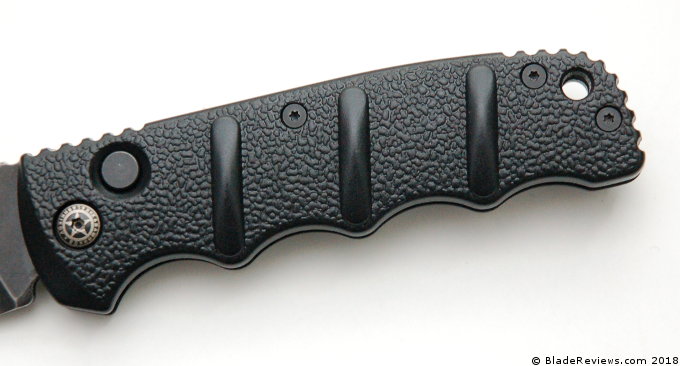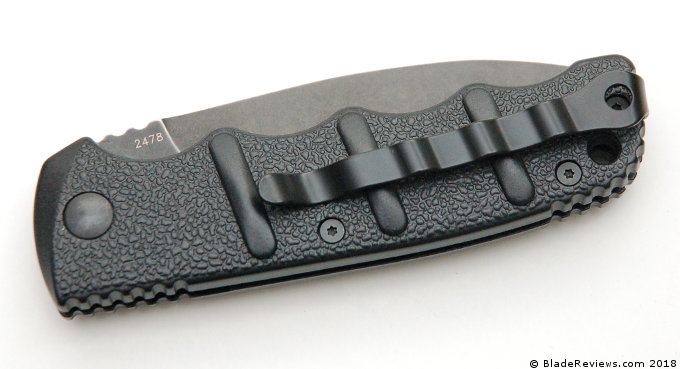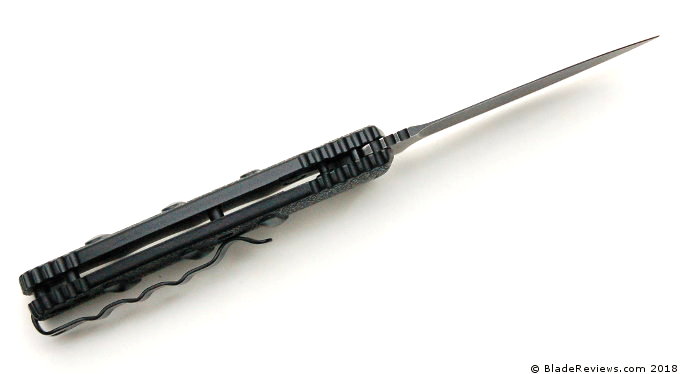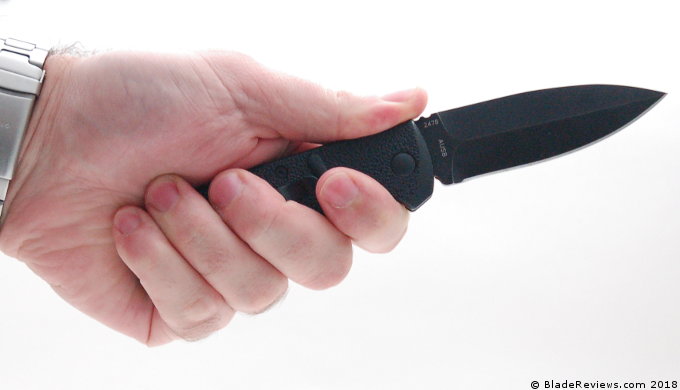Victorinox makes the most popular pocket knives in the world. That’s not hyperbole, it’s just a fact: globally, Victorinox sells more folding knives than any other cutlery company and it isn’t even close. The Swiss Army Knife is an icon, lionized by media (MacGyver) and government (NASA) alike. They’re so well-known to be useful tools that the phrase “Swiss Army Knife” has come to represent the idea of multipurpose utility, itself.
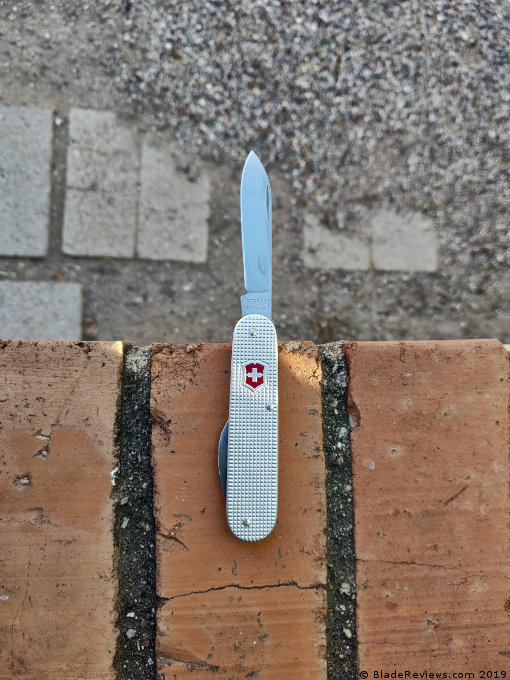
Buy Victorinox knives at BladeHQ
Out of the hundreds of Swiss Army Knife variants, the Alox Cadet seems to be the “gear geek” consensus choice for everyday carry: a winning combination of durable Alox construction, pocketable size, and useful tool selection. But what if I told you there might be an even better knife for the job in the Victorinox catalog? Allow me to (re)introduce you to the Alox Bantam.
General Dimensions & Blade Details
The Bantam, like the Cadet, falls in the middle of the current Swiss Army Knife (SAK) size range. At 3.3 inches (84mm) long when closed, it’s a sizable step up from their keychain models, but noticeably smaller than their “full-sized” pocket knives. Here it is between a Rambler (58mm) and an Alox Farmer (93mm):
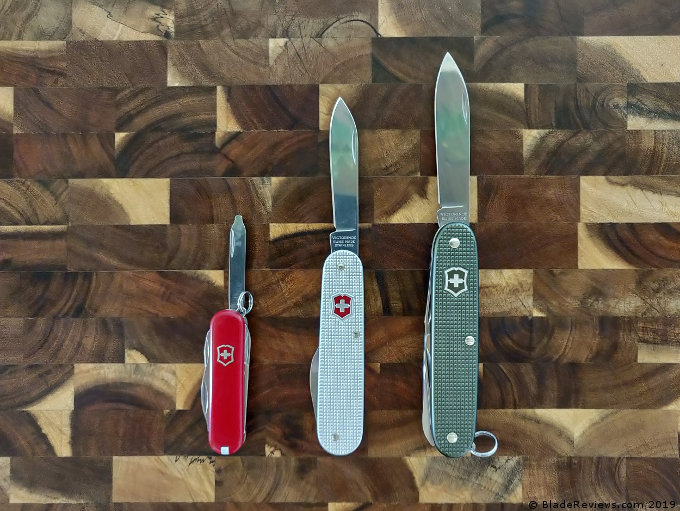
Unlike the Cadet, which has a second backspring to accommodate separate can and bottle openers, the Bantam has a single tool for opening both nestled beside the main blade. This single-layer construction, coupled with skinny aluminum scales, makes the Alox Bantam literally wafer thin. Or, if you happen to have some Ritz handy, cracker thin:

The blade shape on the Bantam is quintessential Victorinox: a drop point with a slightly bulbous tip. Everything you’d expect a 2.5-inch slipjoint to do, this blade does well. There’s enough belly to make cutting on a board feel natural. It’s thin enough to cut with even after it gets a little dull (which it will, and fast). And while I do wish the tip was a little more acute, it’s not as blunt as it looks – it still pierced clamshell packaging with ease and cut out printed shipping labels with precision.
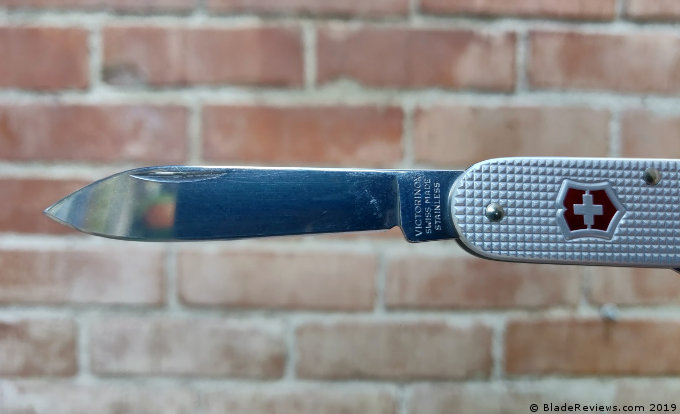
Victorinox doesn’t advertise their blade steel anymore, but it’s no secret that whatever they use doesn’t hold an edge for very long. Thankfully, it’s also inexpensive and impressively stain-resistant. For my money, it’s a compromise I’m willing to work around, especially since I’m usually carrying the Bantam alongside a larger and more capable folder. Plus, the steel’s softness / lack of wear resistance means you can maintain it on just about anything abrasive. For example: after the blade lost its keenness cutting two large cardboard boxes into strips small enough to fit in my undersized recycling bin, it only took a minute of stropping against that same cardboard to bring it back. Unfortunately, those sorts of tricks only work for so long before it’s time for a proper re-sharpening.
Handle, Ergonomics, & Pocket Clip
The first time I held the Bantam, I had to repress the urge to put it in my mouth to snap it like a chip. The waffled, wafer-like texture of its thin Alox scales coupled with its barely-there weight makes the Bantam feel more like a popsicle stick than a pocket knife. The more I used it, however, the more I came to trust it (and the less I subconsciously associated it with snacks). The riveted all-metal construction is rigid and the handle texture, while not aggressive, provides some traction even when wet.
Measuring in at 3.3 inches long, the handle of the Bantam is long enough to wrap all four fingers around, but thin enough that I wouldn’t really want to bear down on it. It’s practically two-dimensional: whichever tool you have unfolded, the handle presents as a simple, flat, oblong shape. Not exactly comfortable, just impossible to hold incorrectly. Once you get used to its exceptional thinness the Bantam basically disappears in use, allowing you to focus on the task at hand instead of how you’re holding the tool.
I avoid carrying anything loose in my pockets if I can help it. So, with neither pocket clip nor lanyard loop to anchor it from twisting, swinging, or knocking around in there, the Bantam was not something I expected to enjoy carting around. To my surprise, I struggled to notice it was even there. It’s hard to overstate just how slim and light this knife is – I’ve pocketed CVS receipts bulkier than the Alox Bantam.
Deployment & Lockup
The backspring tension on the Bantam is well-balanced: strong enough to keep the tools firmly in place when open, but not so strong as to make them awkward to unfold. Opening either one is always a two-handed operation. After more than a year of use, neither tool has developed any play, though they’ve picked up a fair few scratches.
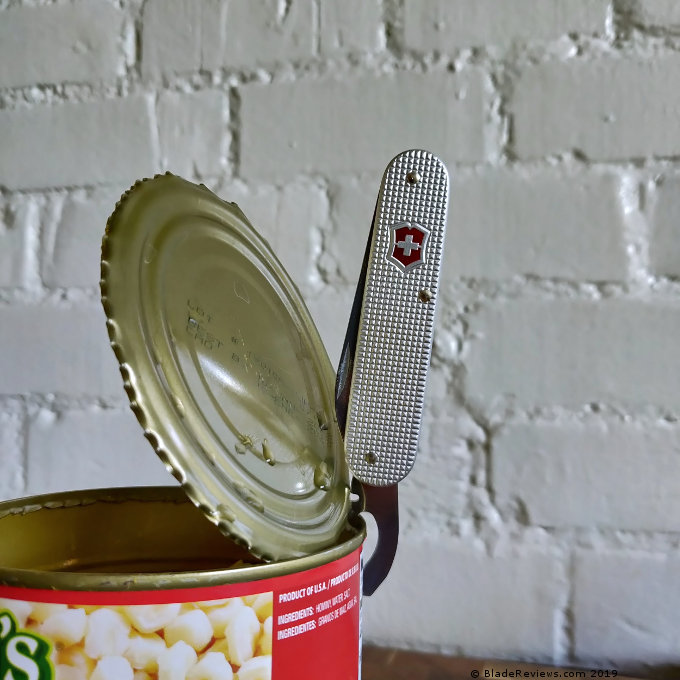
Equipping a pocket multi-tool with a dedicated can opener has always been baffling to me. Even if we set aside the fact that pull-tabs on cans have become ubiquitous, I can think of a dozen other tools I’d need before encountering a single unopened can. Victorinox clearly disagrees, because nearly every full-sized SAK includes a can opener. Here on the Bantam it’s been cleverly integrated into a “combination tool,” which also lifts off bottle caps…
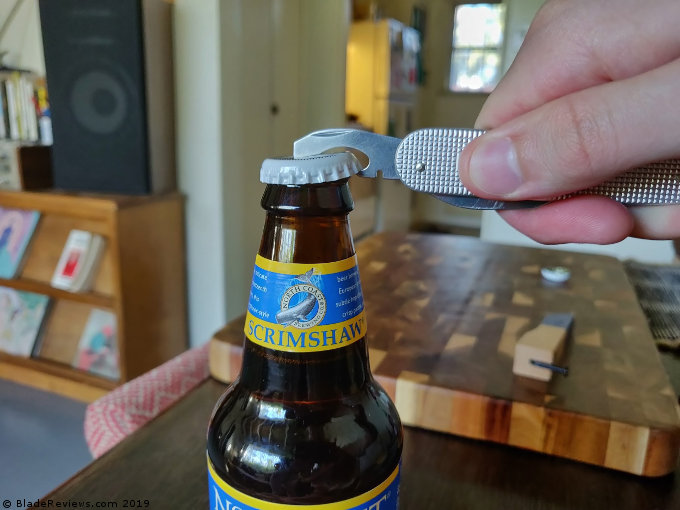
…drives screws…
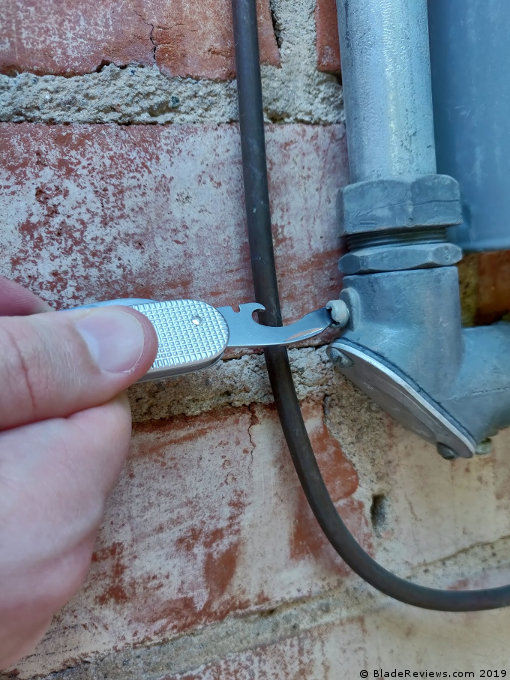
…and scrapes, prods, and pries if need be.
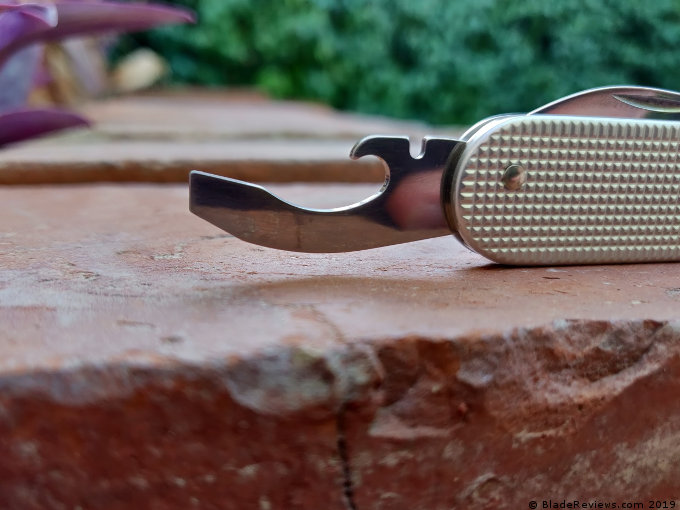
It’s become my favorite Victorinox tool by far, and it makes the perfect companion to the Bantam’s light-duty blade. It’s not a crowbar or an impact driver – obviously – but in the daily struggle against encroaching entropy, the combo tool is often enough to tweak, tighten, or undo the issue on the spot without a walk to the toolbox.
Victorinox Bantam Review – Final Thoughts
Goldilocks would agree with me: the Bantam is just right. The keychain-sized SAKs are useful to have around (who doesn’t love those tiny scissors?), but far too feeble to replace a dedicated knife. The larger SAKs are also great, but tend to be loaded with tools I don’t use often enough to justify carrying them around all day. The Bantam is just enough knife for most cutting, plus it’s capable of work that a blade alone can’t (or maybe just shouldn’t) do.
I don’t think there’s another knife on the market that packs so much utility into such little mass. For me, this is where the Bantam really pulls ahead of the Cadet as a daily companion: it offers 80% of the functionality at half the size. Unless you absolutely need a nail file or can’t live without a lanyard, the Bantam wins by sheer efficiency. And even though the Alox variant is about $10 more than the red plastic-handled Bantam, the durability, grip, and next-level thinness the Alox scales provide are well worth the upgrade.
Some, I suspect, won’t see the Bantam’s ultra-minimalist design as a selling point. If you’re looking for a multi-tool that’s more “off-road” than “office,” I would point you elsewhere. But if you’re looking for a polite companion to a larger knife, or want the multipurpose utility of a Swiss Army Knife without any extra frippery, I would enthusiastically recommend the Alox Bantam.
- Equally at home on worldly adventures or as a sleek EDC
- Swiss made pocket knife with 5 functions and high-grade Alox scales
- COMPACT CARRY: Bring this knife with you on your daily adventures without sacrificing space.
- Includes a combination tool and large blade
Editor: I recommend purchasing the Victorinox Bantam at Amazon or BladeHQ. Please keep in mind that purchasing anything through any of the links on this website helps support BladeReviews, and keeps the site going. As always, any and all support is greatly appreciated. Thank you very much.
